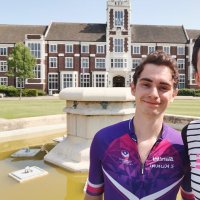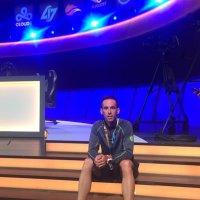
Rod Siegel
@rodsiegel
Maximising Human Performance.
Views are my own, but I've probably borrowed them from someone else
ID: 621231980
https://www.linkedin.com/in/rodneysiegel/ 28-06-2012 19:12:09
1,1K Tweet
1,1K Followers
549 Following





I’ve dived into the existing literature and used my own data and experiences to answer a longstanding question: 🧐“Watts” the difference between CP and MLSS? The result has just been published with Springer Nature in Sports Medicine. 📖 Read it here: rdcu.be/dSiS9


The higer %ofVO2max during intervals, the greater performance gains Notably, %ofVO2max during intervals appears to be sex-independent and not influenced by skeletal muscle characteristics🚴🏽♀️🚴🏽♂️ Tomas Urianstad Håvard Hamarsland Knut Sindre Mølmen #LabRønnestad #Trainome onlinelibrary.wiley.com/doi/10.1002/ej…


Now ahead of print: Muscle-Fiber Typology Is Associated With Sprint-Cycling Characteristics in World-Class and Elite Track Cyclists by Thomas Wackwitz, Clare Minahan, Eline Lievens, Ben Kennedy, TeamDerave, Phil Bellinger journals.humankinetics.com/view/journals/…


🚨PhD opportunity🚨 If you are interested in this topic, or know someone who is, then get in touch by 17th March. Email me if you have any questions about the PhD. Matt Driller.







Our new durability paper is out in SJMSS! We tested how endurance performance determinants change after heavy-intensity running (90 and 120 min) in well-trained marathoners. 📌Below details of what we’ve found. 🆓 Open-Access 📄 onlinelibrary.wiley.com/doi/10.1111/sm… Rich Blagrove 🧵1/14



Great study from Peter McDonald, Julien Périard and team investigating how heat acclimation protocols influence adaptation kinetics. researchgate.net/publication/39…


Fantastic work from Phil Bellinger & co, further advancing our understanding of the physiological responses to training. And a great 🧵 from Jem Arnold unpacking it all 👇

